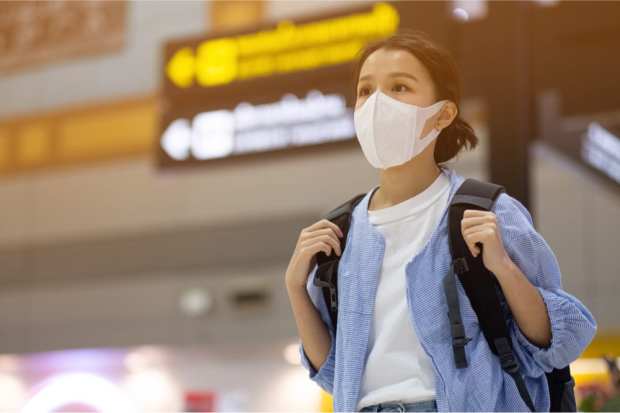Departure Delayed For Airline Recovery

As airlines continue announcing September travel schedules, it’s pretty clear that the optimism of early summer — that air travel might recover sooner rather than later — has evaporated like jet contrails, even as some airline stocks posted a very slight rebound in recent trading.
Geneva-based airline trade association the International Air Transport Association (IATA) said in late July that “Global passenger traffic (revenue passenger kilometers or RPKs) will not return to pre-COVID-19 levels until 2024, a year later than previously projected,” adding that short haul will recover faster, but with this caveat: “Recovery to pre-COVID-19 levels … will also slide by a year from 2022 to 2023. For 2020, global passenger numbers (enplanements) are expected to decline by 55 percent compared to 2019, worsened from the April forecast of 46 percent.”
Dueling predictions converged this week on news that American Airlines’ September schedule has been cut 59 percent from a year earlier, with 11 percent fewer scheduled flights than August.
CNBC reported that American will also reduce or cut service to two dozen small and medium markets on passenger loads that are down roughly 75 percent overall from last year. The carrier gave a foretaste of the bad news in April, saying it was “suspending 70 percent of domestic and 80 percent of international capacity for June versus the same period [in 2019].”
As reported by CNBC, United Airlines said in late July that its September domestic schedule is down 40 percent from 2019 levels, even as some international flights like Chicago to Tel Aviv, Chicago to Hong Kong, and Houston to Amsterdam have been added back to the schedule.
In a recent statement, United said, “We have been communicating for several months that we expect to be a smaller airline in response to the unprecedented impact the COVID-19 pandemic has had on our business.”
Delta Air Lines also had a dismal second quarter with a $7 billion pretax loss. Barron’s reported in July that Delta’s pandemic survival plan “includes 19 months of liquidity, a cautious outlook for flight capacity, and continued blocking of middle seats — differentiating Delta from airlines that are trying to fill seats to capacity.”
Aloft With Loans
The four largest U.S. air carriers finalized their stimulus lending plans in July, with The New York Times reporting on July 21 that “Delta Air Lines, United Airlines and Southwest Airlines signed letters of intent under … the CARES Act, Treasury said,” and that “American Airlines had agreed to a five-year $4.75 billion loan.”
That same article noted that “Treasury has also agreed to lend to Alaska Airlines, JetBlue Airways, Frontier Airlines, Hawaiian Airlines, Sky West Airlines and Spirit Airlines.”
To obtain loans, air carriers must guarantee minimum services levels be maintained.
“The CARES Act set aside $25 billion in loans for passenger airlines. The Treasury earlier distributed another $25 billion to help the airlines pay workers through September,” according to the Times.
Grounded Travelers Take to the Road
Easier said than done, clearly, as people continue to not want to get into airplanes. That’s consistent with extensive PYMNTS research into how the pandemic has created four distinct new consumer personas, none of which is in a hurry to breathe recycled air at 40,000 feet.
That’s got airlines readying for rounds of layoffs as the sector contracts to a viable size.
And with nobody flying, it leaves a lot of unanswered questions about the future of travel.
In the U.S. there’s been a return to drive vacations, typically within 300 miles of home. While big hotels and resorts sit mostly empty, Airbnb rentals in rural settings (and within driving distance of home) are seeing a welcome uptick in another hurting segment, home sharing.
One of the bright spots in the 2020 travel picture is recreational vehicles (RVs), which are benefitting from overlapping ideas of freedom within the safety of a giant rolling COVID-19 shield with beds and a kitchen — all the comforts of home.
